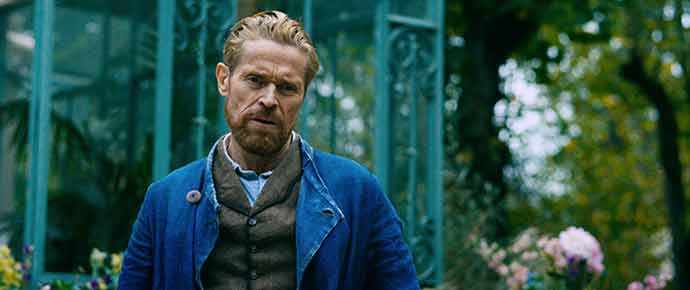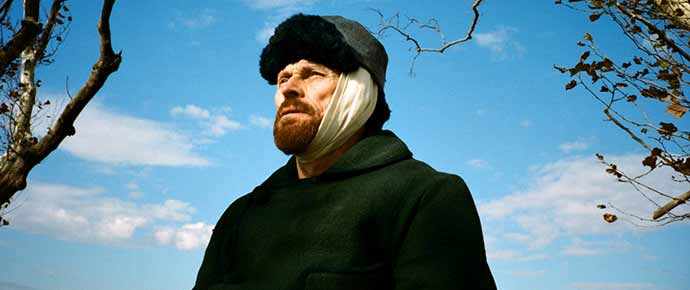 |
| Untamed, 2017, 80" x 122" part of the Flow exhibit, Festival of Threads, Oakville 2018 |
I saw one of Tina's large pieces in the Flow exhibit when I visited the World of Threads Festival in Oakville earlier this month. I studied it carefully, intrigued because it exhibited the same variety/unity dynamic that I have been exploring in my painting. For example, I could see that denim was used in the piece, in various places: sometimes crumpled, sometimes pleated, sometimes dark, sometimes faded and sometimes frayed. But each instance of its use related to the others visually. The gold velveteen was used in a similarly inventive way, manifesting itself in different forms throughout the work.
Untamed is an example of the artist’s preoccupation with movement and migration. The movement may be like that of water, or mud, or lava: ebb and flow, fluid matter finding its path and navigating around obstacles. An extension of this concept is migration: the movement of animals and people. The artist statement on Struthers’ website articulates the "undercurrents" in her work.
 |
| from Beauharnois show |
Tina was born in South Africa, and has spent the last ten years in Canada. Emigration is part of her life experience. She has a fine arts education, and was also trained in dressmaking. Sometimes her large sculptural pieces resemble pattern pieces that might be used to fashion a garment, with openings for armholes or necks.
 |
| from Beauharnois show |
 |
| from Beauharnois show |
 |
| from Beauharnois show, detail |
Since my visit to Oakville, I was fortunate to take in a solo show of Tina's work at a civic centre in Beauharnois. Tina graciously met with our group there, and talked to us about her work and her influences.
 |
| from Beauharnois show |
 |
| from Beauharnois show, detail |
Tina is often involved in theatrical productions. Recently she designed the costumes for a play at our local theatre, Fessenden Follies: A Steampunk Revue, by David Fennario.
Another important aspect of Tina's work is "cultural mediation". One such project is currently underway in my town of Hudson, Quebec, as we look back on the devastating flood of May 2017. Tina is serving as a facilitator for a project that allows residents to respond to a crisis that not only physically threatened many of our homes, but that brought us together in new ways as we came to the assistance of our neighbours. Leading projects like this often requires Tina to collaborate with municipal officials, designers and engineers. She has developed expertise in applying for government grants to support these efforts.
And still more recently, Tina spoke to the local Hudson Artists group. Our members were fascinated to see her works in fibre up close and to learn about her themes and projects. I will be following her career with great interest!
For more information, please visit the artist's website.










































